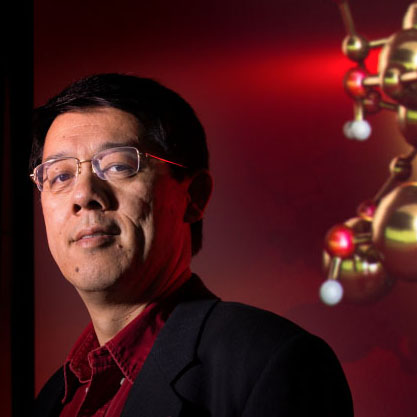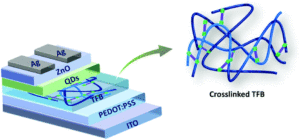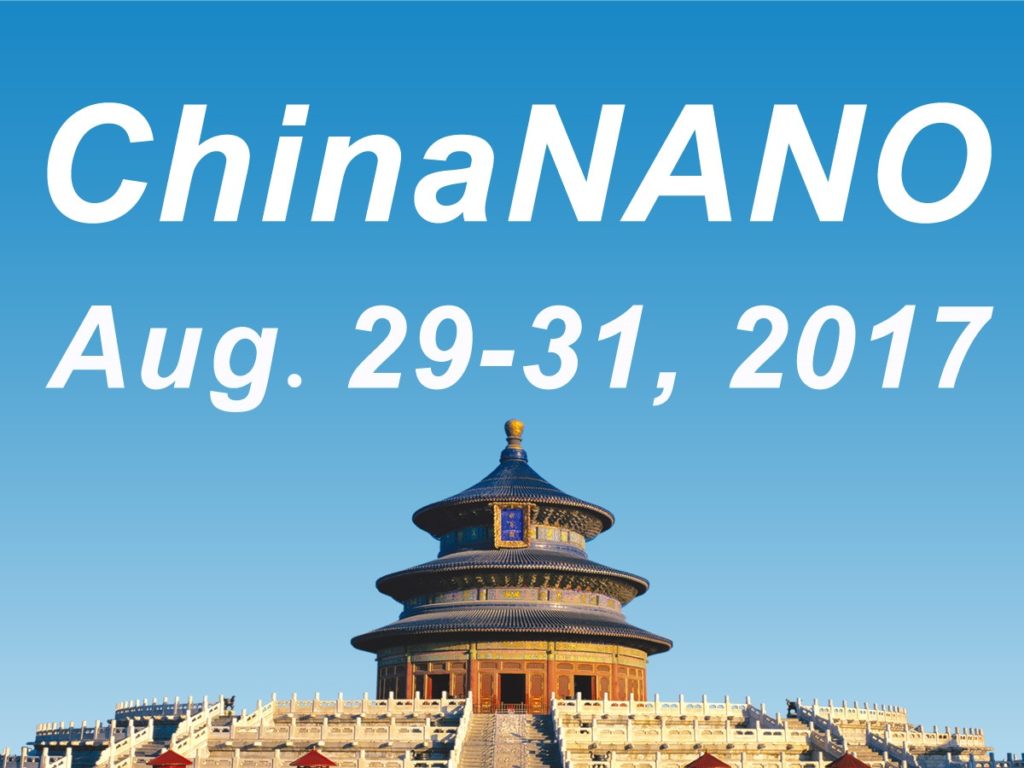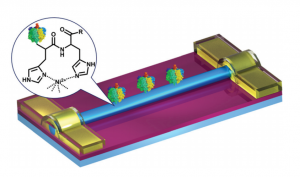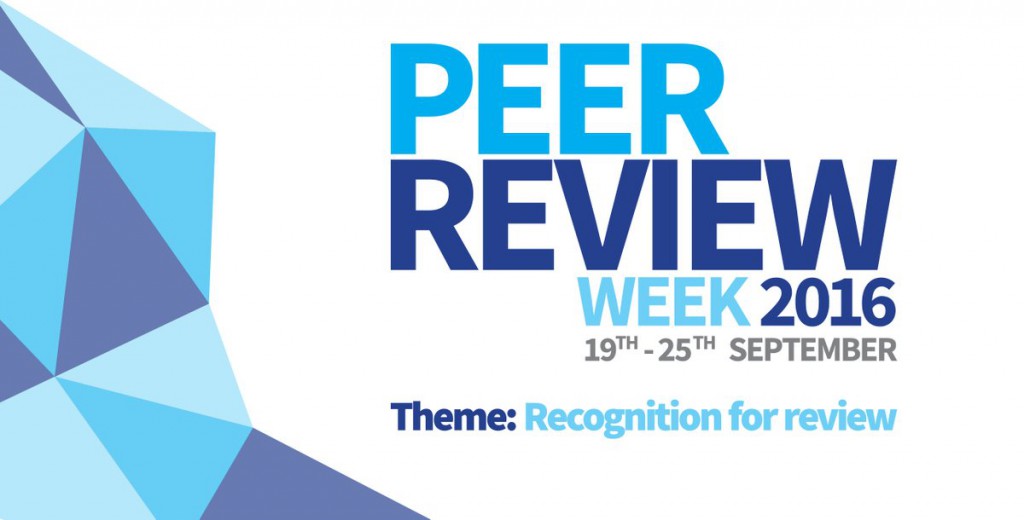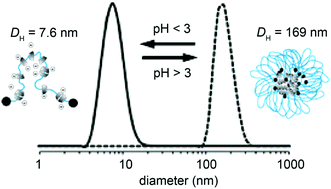Cancer remains the leading cause of death worldwide. Therefore, the importance of early screening of cancer can aid in the prevention and treatment. However, early onset of cancers can often produce limited or no symptoms. In this regard, researchers have turned their attention to miRNA biomarkers found in serum as potential biomarkers for cancer detection. At the onset of cancer, miRNA biomarkers often present at very low concentrations representing a big challenge for researchers to develop analytical tools that can achieve the sensitivity required.
Researchers from Nanjing, China and Georgia, USA have investigated surface enhanced Raman scattering (SERS) as a viable technique for the detection of 3 miRNA biomarkers related to lung cancer. To achieve this, the researchers used a silver nanorod (AgNR) array to provide the plasmonic enhancement required for SERS. The substrate was subsequently functionalised with molecular beacons (MBs) containing different Raman reporters (ROX, Cy5 and FAM) that are complementary to the miRNA targets. In the absence of miRNA target, the SERS signal remains high since the MBs, and, therefore, the Raman reporters, are orientated close to the AgNR substrate. However, when the MBs hybridise to the target sequence, the SERS signal drops in a concentration-related manner allowing quantitation of the target miRNAs in buffer and human serum. The limits of detection for the 3 biomarkers, miRNA-21/486/375, were 393, 176 and 144 aM, respectively.
This research highlights the advantages of using SERS for biomarker detection. The low sensitivity and ability to multiplex make SERS a promising analytical technique for future clinical analyses for cancer detection and other diseases.

Scheme 1 Schematic illustration of the preparation and application of the molecular beacon functionalized-SERS sensor for simultaneously measuring multiple miRNAs.
An ultrasensitive SERS sensor for simultaneous detection of multiple cancer-related miRNAs
C. Y. Song, Y. J. Yang, B. Y. Yang, Y. Z. Sun, Y. P. Zhao and L. H. Wang
Nanoscale, 2016, 8, 17365-17373
Dr Lee Barrett is a guest web writer for the Nanoscale blog. Lee is currently a postdoctoral researcher in the Centre for Molecular Nanometrology at the University of Strathclyde. His research is currently focused on the development of nanoparticle-based sensors and surface enhanced Raman scattering (SERS). Follow him on twitter @L_Bargie
Comments Off on Detecting trace biomarkers using SERS in the fight against cancer
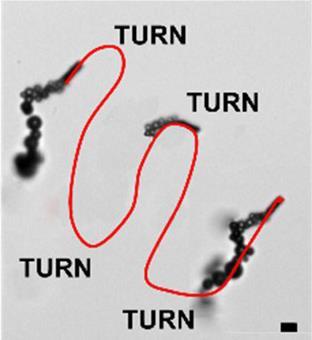 Micromotors have been used for a wide range of applications, from hydrogen generation and bacteria capture, and now scientists from the University of Alcalá, Spain have utilised these useful micromachines in a lab-on-a-chip device. The little machines can navigate through the confined space to carry out fluorescence-based detection and even transport cargo in a complex medium that simulates blood plasma. There is no need for complex valves or pumps, just a simple magnetic field.
Micromotors have been used for a wide range of applications, from hydrogen generation and bacteria capture, and now scientists from the University of Alcalá, Spain have utilised these useful micromachines in a lab-on-a-chip device. The little machines can navigate through the confined space to carry out fluorescence-based detection and even transport cargo in a complex medium that simulates blood plasma. There is no need for complex valves or pumps, just a simple magnetic field.











